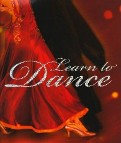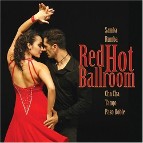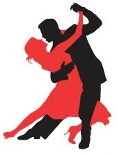Besides exercise, dancing can help improve memory and cognitive function and makes people less likely to develop dementia. (Jupiter Images)
Whether it's ballet or ballroom, clogging or jazz, dancing is a great way for people of all ages and physical abilities to get and stay in shape.
Simply put, dancing just doesn't feel like exercise. But the truth is, dance offers a total body workout, using all of the major muscle groups and providing heart-healthy benefits.
Along with keeping muscles toned, dancing burns body fat, increases balance and coordination and, because it is a weight-bearing exercise, strengthens bones, according to the AARP.
Just as muscles do during weight-bearing exercise, bones adapt to a weight load and the pull of muscles by building more bone cells, increasing strength and density and decreasing the risk of fractures, osteopenia and osteoporosis.
The benefits can extend beyond fitness.
A recent study in the Journal of Sports Science and Medicine found that teaching the cha-cha to a small group of older adults twice a week for six months was enough to improve their memory and cognitive function on a number of tests. Research published in the New England Journal of Medicine found that ballroom dancing at least twice a week made people less likely to develop dementia.
It also has been shown that some people with Alzheimer's disease are able to recall forgotten memories when they dance to music they used to know. Scientists know that exercise increases the level of brain chemicals that encourage nerve cells to grow. And dancing that requires you to remember certain steps and sequences boosts brain power by improving memory skills.
Participants in dance classes often find that the camaraderie and enjoyment they experience motivate them to continue staying active, thereby improving health longer term, the AARP finds.
Physical activity increases the rate at which antibodies flow through the blood stream, boosting immunity, according to the National Institutes of Health. The increased body temperature generated during moderate exercise can help prevent bacterial growth.
As in any form of exercise, regular dancing builds stamina and endurance, the ability of muscles to work hard for increasingly longer periods of time without fatigue. The more vigorous the type of dance, the greater the benefit.
Marjie Gilliam is a personal trainer and fitness consultant. E-mail: marjie@)ohtrainer.com.











